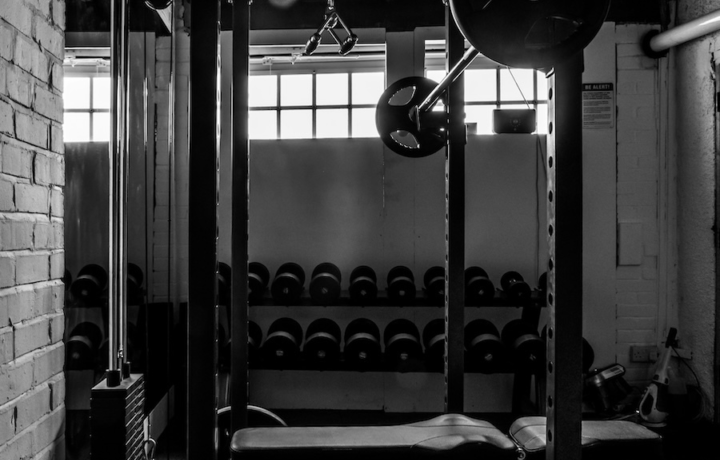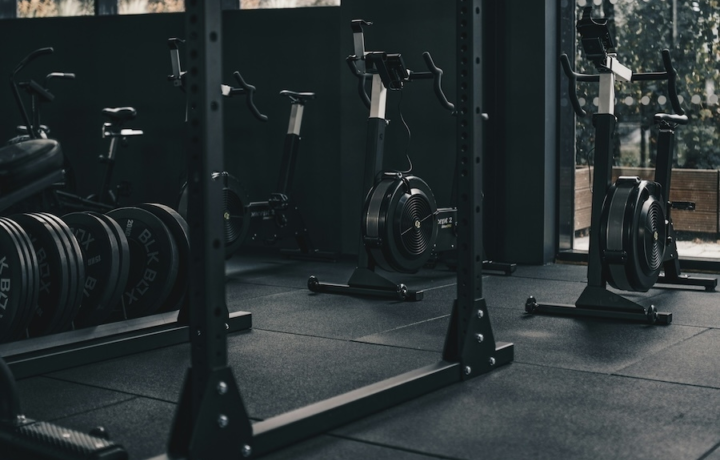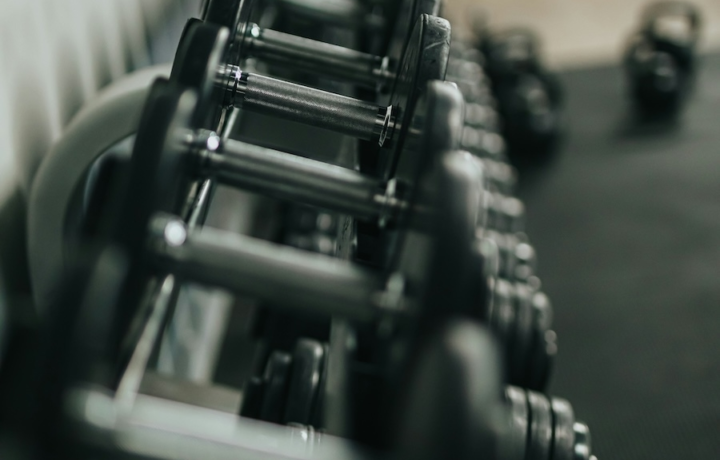Exercise
Pike Push Up

Pike Push Up
How to Perform
- Start in a traditional push-up position with your hands shoulder-width apart and your body forming a straight line.
- Walk your feet toward your hands while keeping your legs straight, raising your hips toward the ceiling until your body forms an inverted V-shape.
- Position your head between your arms and ensure your weight is distributed evenly between your hands and feet.
- Maintain a neutral neck by looking slightly forward at the floor rather than up or down.
- Lower your body by bending your elbows, keeping them close to your body, as you move your head toward the floor between your hands.
- Exhale as you push through your palms to return to the starting pike position, fully extending your arms.
- Keep your heels as close to the ground as your flexibility allows, but prioritize a straight back over touching your heels to the floor.
- Maintain core engagement throughout the movement to stabilize your spine and prevent your lower back from sagging.
Important information
- If you're a beginner, start with your feet elevated on a step or bench to make the exercise more manageable.
- Keep your shoulders away from your ears by actively drawing your shoulder blades down and back.
- Make sure your wrists are directly under your shoulders to prevent unnecessary strain.
- If you feel any neck pain, adjust your head position or reduce the range of motion until your strength improves.

Pike Push Up
Exercise Details
Primary Muscles
Muscle Groups
Mechanic
Risk Areas
Built for progress
Take the guesswork out of training
Create personalized AI-powered workout plans that evolve with you. Train smarter, track every rep and keep moving forward, one workout at a time.






The Pike Push Up stands as a formidable intermediate exercise that targets the front deltoids and triceps while engaging your core and upper body stability. This bodyweight movement bridges the gap between standard push ups and more advanced overhead pressing movements, making it an excellent progression for those looking to build shoulder strength without equipment.
When incorporated into HIIT routines, Pike Push Ups elevate your heart rate while simultaneously building upper body power. The unique angle of this exercise places greater emphasis on the shoulders compared to traditional push ups, creating an effective stimulus for muscle development that translates well to both functional fitness and bodybuilding protocols.
For strength enthusiasts, the Pike Push Up offers a challenging variation that can help break through plateaus in overhead pressing movements. The exercise develops the stabilizing muscles around the shoulder joint while improving proprioception and body awareness – essential components for injury prevention and overall shoulder health.
Many fitness professionals appreciate the Pike Push Up for its versatility and scalability across different fitness levels. While classified as intermediate, modifications can make it accessible to beginners or more challenging for advanced athletes. This adaptability makes it a staple in programs focused on progressive overload and continued strength development.
The beauty of this movement lies in its minimal space and equipment requirements coupled with its maximum effectiveness. As you become more proficient, the Pike Push Up can serve as a stepping stone toward handstand push ups and other advanced calisthenics movements. The exercise effectively mimics the biomechanics of overhead pressing while adding an element of core stability that traditional weight training sometimes lacks.
For anyone looking to enhance shoulder definition, build functional upper body strength, or add variety to their push training, the Pike Push Up delivers impressive results with proper execution and programming.
FAQ - Pike Push Up
The Pike Push Up primarily targets the anterior deltoids (front shoulders) and triceps, while also engaging the upper chest, traps, and core muscles for stability. This exercise is significantly more shoulder-dominant than regular push-ups, making it excellent for developing overhead pressing strength.
Beginners can elevate their hands on a bench or box to reduce intensity, while advanced athletes can elevate their feet higher or progress to a wall-assisted handstand push-up. Another effective modification is adding a pause at the bottom position to increase time under tension for greater strength development.
The most common errors include insufficient hip elevation (creating a diagonal plank instead of a pike position), allowing the head to move too far forward rather than straight down, and flaring the elbows outward. Keep your hips high, elbows tucked at approximately 45 degrees, and lower your head toward the floor between your hands.
Incorporate Pike Push Ups 2-3 times weekly with at least 48 hours between sessions to allow for shoulder recovery. Start with 2-3 sets of 8-12 repetitions, adjusting volume based on your experience level and where they fit within your overall program (as a main movement or accessory exercise).
While Pike Push Ups can strengthen the shoulder complex, those with existing shoulder injuries should consult a physical therapist before attempting them. Start with a less aggressive pike angle if you're concerned, and always maintain proper scapular positioning by keeping your shoulders down away from your ears throughout the movement.











